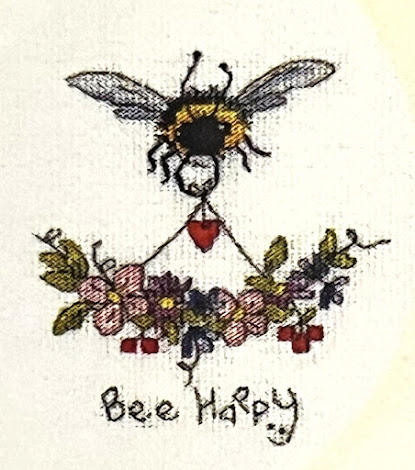Fig (Ficus cariba)
Many years ago, I used to park next to a huge fig tree, which eventually fell foul to a redevelopment scheme. I’m sure you know the sort of thing; everything old and established is knocked down or simply outshone by new and exciting establishments, which quickly become unsustainable. Within a decade, the ‘new’ looks worse than the old did, and the original heart of the town has been scraped clean of pleasant places to shop.
I loved the shape of the fig tree leaves in the car park. I don’t know whether it produced fruit; I wasn’t interested enough to look, as I don’t care for figs. One might say, I didn’t give a fig about figs!
Although figs had been grown outside in Britain by the 17th century, the trees were not widely available for sale to the general public, but many years ago, we managed to buy a small ‘Brown Turkey’ tree. We had been advised to contain the roots, so Barry set to and dug a deep, wide hole. I cannot remember now what he placed around the sides to deter the roots, or, indeed, whether the containment was successful. We didn’t find junior fig trees popping up all over the garden, so I suppose what he did worked. Squirrels were quick to take advantage of freely accessible foodThe tree grew and grew and was soon a splendid specimen, and a wonderful structure from which to suspend bird feeders. (At that time, the cats were confined to a small outdoor area and presented no danger to the wildlife.) There was great excitement when the first fruits were discovered a few years after planting. In the ensuing period, the tree cropped well, and Barry was delighted because he likes figs.
I took handfuls of leaves to school so that the children could experiment with making clothes from them. That was fun.
Then, the tree died, almost overnight. They usually live between thirty and fifty years, though some have been nursed along for one to two hundred years. Ours can only have been about fifteen years old, so a mere adolescent.
There may only be two figs, but they are already a good size!Now, we have two fig trees, of different ages, given to us at different times by our eldest daughter. The smaller one already has figs! The taller one needs to be transplanted to a larger container and placed where it’s not overshadowed by the feijoa and the pyracantha.
What is the origin of the saying, ‘I don’t give a fig’? It was based on the obscene Spanish gesture of contempt, made by holding the thumb between the first and second fingers, a forerunner of the more widely understood V sign. It was known in Shakespeare’s time as ‘The Fig of Spain.’ The modern expression is gentler, implying indifference to something, rather than lewdness. It is probably rather outdated now. The modern equivalent might be, ‘I don’t give a stuff’ or something ruder.






.JPG)



























.jpg)




